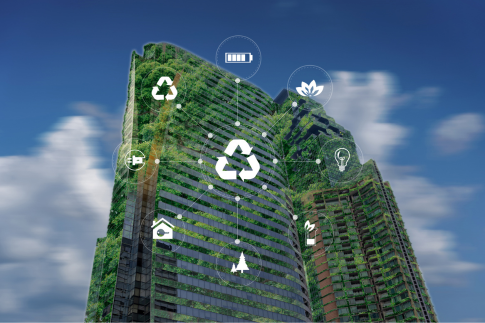When we talk about pollution, we think of cars, factories, and aircraft. Almost never in our homes. Rarely in construction. But reality tells us that the sector is among the first emitters of greenhouse gases and also among the main predators of natural resources, starting with the sun itself.
As a sample, some World Watch Institute data: Construction contributes, on a global scale, 23% of air pollution, 40% of drinking water pollution and generates 50% of the waste that is deposited in the landfills. It consumes 40% of the world’s production of rough stones, gravel and sand, as well as 25% of virgin wood, often a product of deforestation. More data, this time from the European Union: The Old Continent built-up park is responsible for 40% of energy consumption and 36% of CO2 emissions.
Professionals in the sector have realized the need to move towards a new culture of building maintenance, which is still far from being established among citizens, in order to reduce energy consumption. They have also found, through the painful path of rising prices for raw materials and the delays in their supply, that natural resources are not infinite, that they cannot be wasted and that they must be regenerated as much as possible. Thus, the idea of a circular economy is making its way, but the journey is still very long.
Waste generation must be minimized, it is necessary to facilitate its reuse, and the useful life of buildings must be extended as far as possible. We need to know the biological process of renewable materials, such as wood or fibres of plant origin, so as not to exhaust them. We must look for ways to make construction processes profitable and minimize the consumption of resources from the very moment we design a building, and also foresee future changes in its use.
Furthermore, we need to understand the circular economy as a responsibility to the planet and to our children, and not as a mere business opportunity.






